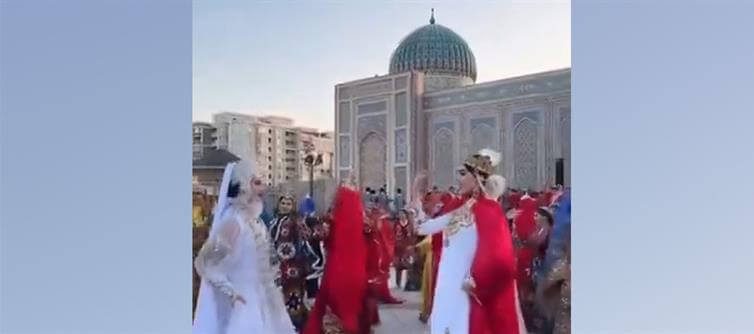
The move, however, has sparked both internal unease and international concern. Critics argue that transforming mosques — sacred places for worship and spiritual guidance — into sites for entertainment is a direct affront to religious sentiments. This policy has been labeled by some as a form of cultural erasure, targeting the faith-based identity of a largely devout population. For many Tajiks, these steps feel less like a fight against extremism and more like an attack on islam itself, potentially deepening the very alienation and frustration that fosters radical thinking. Human rights groups have also flagged the measures as an infringement on freedom of religion and expression.
Tajikistan’s government, under President Emomali Rahmon, maintains that such drastic reforms are necessary for national security and modernization. Authorities cite concerns over growing Salafist influences, foreign funding of religious institutions, and recruitment by extremist groups as justification. Yet, this hardline secularism risks backfiring. By conflating conservatism with extremism and suppressing religious expression, the state may end up pushing certain segments of society underground. Instead of achieving moderation, such forceful secularization might further polarize the population — a dangerous gamble in a region historically sensitive to both authoritarian control and religious persecution.




 click and follow Indiaherald WhatsApp channel
click and follow Indiaherald WhatsApp channel